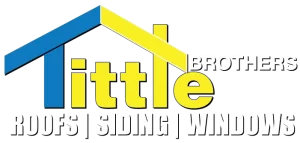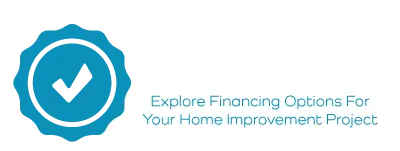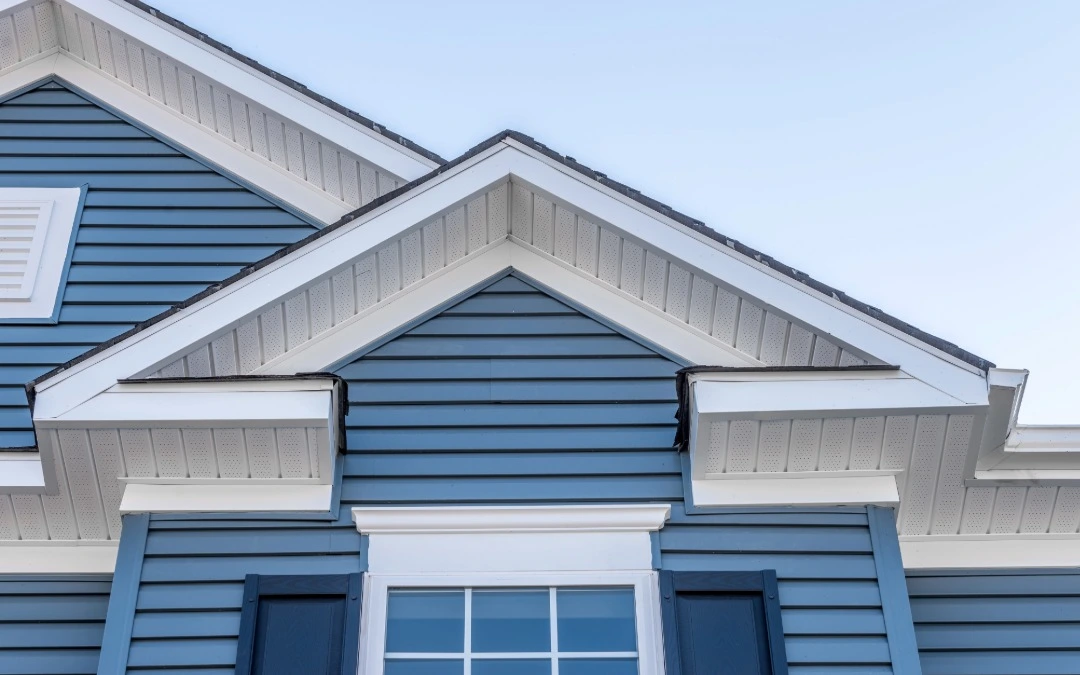Choosing the right siding affects more than curb appeal. It impacts your home’s maintenance needs, durability, and resale value. If you’re researching siding options for your Michigan home, you’ve likely narrowed it down to two quality choices: fiber cement and vinyl. Both materials deliver solid performance, but which one fits your priorities?
Understanding Your Siding Options
What Is Fiber Cement Siding?
Fiber cement combines wood fibers, cement, and sand into a durable composite material. James Hardie pioneered this product and remains the leading brand. The material mimics wood, stucco, or masonry without the maintenance headaches. Installation requires specialized tools and experienced contractors. It results in a premium finish that reflects quality craftsmanship.
What Is Vinyl Siding?
Vinyl transforms home exteriors by offering affordable, low-maintenance protection. Made from PVC resin, vinyl has interlocking panels that attach directly to your home’s sheathing. The color is baked in during manufacturing, so no painting is required. Today’s options include realistic wood-grain textures, improved impact resistance, and better fade protection.
Benefits of Fiber Cement Siding
Fiber cement delivers exceptional durability that stands up to Michigan’s harsh climate. The material resists warping, cracking, and rotting—problems you see with wood siding after harsh winters and humid summers. Unlike vinyl, fiber cement siding won’t melt from sunlight or become brittle in subzero temperatures.
Fire Resistance and Pest Protection
Fiber cement earns a Class A fire rating, which some insurance companies reward with lower premiums. It resists woodpeckers, termites, and other pests that damage natural wood. Manufacturers offer 15-year warranties for fiber cement siding, and when properly maintained, it lasts 50 years or more, making it a wise investment for homeowners who value quality.
Weather Resistance You Can Trust
Michigan weather is unpredictable. Fiber cement handles temperature swings from subzero winters to 90-degree summers without warping. The material absorbs minimal moisture. The density makes it impact resistant against hail, windblown debris, and severe storms.
Design Options That Reflect Your Style
Your home reflects your success and taste. Fiber cement offers design flexibility that vinyl can’t match. The material accepts paint beautifully, giving you unlimited color choices. Want to refresh your home’s look in ten years? Paint it a new color instead of replacing panels. Manufacturers produce fiber cement in several textures, including cedar shakes, horizontal lap siding, vertical boards, and stucco. Whether your home is traditional, contemporary, craftsman, or colonial, fiber cement enhances its character.
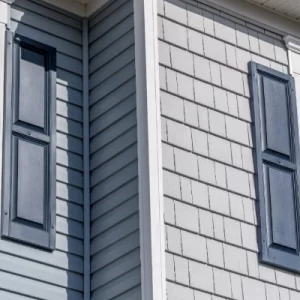
Benefits of Vinyl Siding
Vinyl delivers affordability without sacrificing protection. The material requires virtually no maintenance—no painting, staining, or sealing. An annual washing with your garden hose keeps vinyl looking fresh for decades. The color runs throughout the material, so minor scratches don’t expose a differently colored underlayer.
Low Maintenance Appeal
Vinyl siding resists moisture damage, preventing rot, mold, and mildew. The material won’t attract termites, carpenter ants, or woodpeckers. Modern insulated options improve energy efficiency. Quality vinyl carries warranties ranging from 25 years to lifetime coverage.
Fast, Cost-Effective Installation
Vinyl costs 25-40% less than fiber cement for materials and installation combined. Lightweight panels install quickly, so most projects are completed in just a few days. The material doesn’t require special cutting tools or extensive safety equipment. Repair costs stay minimal since individual panels can be replaced without affecting surrounding sections.
Fiber Cement vs. Vinyl Siding: Direct Comparison
Your choice depends on priorities, budget, and how long you plan to stay in your home. Fiber cement excels in durability, fire resistance, and design flexibility but requires a higher upfront investment. Vinyl delivers excellent value, minimal maintenance, and fast installation at a lower price point.
Durability and Long-Term Performance
Fiber cement installations last 50-70 years with proper maintenance, while vinyl typically lasts 20-40 years before replacement becomes necessary. Fiber cement resists impact damage better. (Hail, baseballs, and lawn equipment are no match for fiber cement siding.) Both materials resist rot and insect damage better than wood.
Return on Investment
Fiber cement typically adds more to resale value than vinyl. The material recoups approximately 75-80% of installation costs at resale. Homes with fiber cement siding often sell faster in competitive markets like Birmingham, Northville, and Rochester Hills. Vinyl still provides positive ROI, especially in mid-range price brackets. The key is choosing appropriate materials for your home’s value and neighborhood standards.
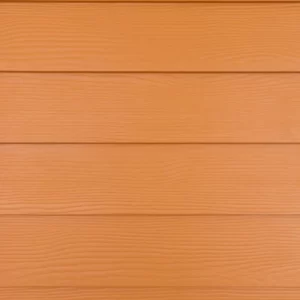
Making the Right Choice
Fiber cement siding makes sense if you’re staying in your home 15 or more years and want the best quality. Choose vinyl if you need improvements on a tighter budget or plan to sell within 10 years. At Tittle Brothers Construction, we help homeowners make informed decisions based on honest, open communication. We’ve installed both materials throughout Southeast Michigan since 2002. We handle the heavy lifting—from planning through final cleanup.
Comparing Fiber Cement and Vinyl Siding
Fiber Cement vs. Vinyl Siding: Key Differences
Category
Fiber Cement Siding
Vinyl Siding
Lifespan & Durability
Lasts 50–70 years with repainting every 12–15 years. Remains strong in all temperatures.
Lasts 20–40 years before fading or cracking. Can become brittle in extreme cold.
Weather Performance in Michigan
Handles subzero to 90°F swings without warping. Absorbs minimal moisture—no rot during spring thaws. Performs well under heavy snow and ice.
Must be installed with space for expansion to prevent buckling. Performs adequately through freeze–thaw cycles when installed correctly.
Maintenance Needs
Requires annual washing and repainting every 12–15 years. Factory finishes carry 15-year warranties.
Only needs annual washing—no painting, staining, or sealing required.
Installation Costs & Timeline
$8–12 per sq. ft. total. Heavier material and specialized cutting increase labor. Projects take longer.
$4–8 per sq. ft. total. Lighter material allows faster installation—usually finished in a few days.
Energy Efficiency
Dense material offers good insulation and sound reduction. Expect 10–15 % lower utility bills when replacing old siding.
Insulated vinyl offers R-values of 2–4 and similar utility savings when properly installed.
Design & Color Options
Paintable surface—unlimited colors. Available in lap, vertical board, cedar shake, and stucco textures. Easy to refresh with new paint.
Comes in dozens of factory colors and realistic wood-grain textures. Not paintable. Gradual color fade after 15–20 years.
*Prices can vary based on specific product and location.
Transform Your Home with Trusted Experts
Ready to transform your home’s exterior? Tittle Brothers Construction brings over 20 years of experience to every project. We base our company on honest, open communication, so you’ll always know what to expect and when to expect it.
Contact us today for a free estimate. Forget about the others. Call Tittle Brothers.

